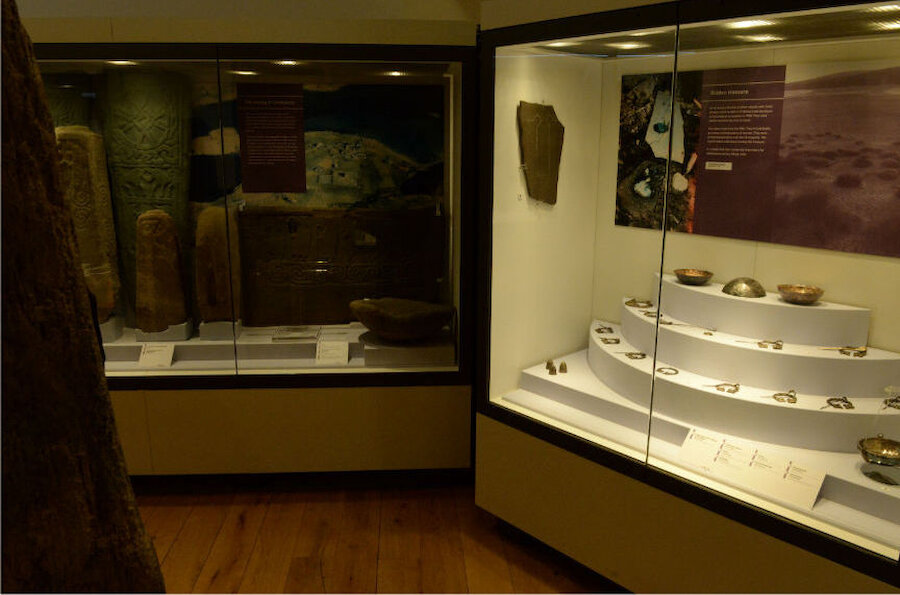The archaeology collection cared for by Shetland Amenity Trust has become a Recognised Collection of National Significance.
Shetland is exceptionally rich in archaeology and the collection contains between 300,000 and 400,000 items, representing all aspects of life in Shetland from 4000BC to the 17th Century. It's a valuable part of the archaeological record of Scotland, the UK and Europe.
Among the items are many from excavated prehistoric settlements, including a huge range of locally made tools, early agricultural implements, vessels for food preparation, and artefacts used in textile production. A rich assemblage of animal bone deposits offers an insight into the diet of neolithic communities. There's also evidence of funerary traditions.
Later material testifies to the extensive trade connections between Shetland and Europe from Viking times to the late mediaeval period. The collection has been widely praised and highlighted by academics globally as “by far the most complete record of the Viking/Norse presence within the British Isles”.
The Scottish Government's Cabinet Secretary for Culture and External Affairs, Fiona Hyslop, explained that the Recognition Scheme serves to highlight Scotland's most important national and international collections containing some of the nation's most important, best quality, historic artefacts and artworks. “This very significant archaeology collection absolutely falls into that category”, she said. “The award of Recognised status is fully deserved and will help Shetland Amenity Trust in bringing the collection into the public eye”.
Dr Ian Tait, the Curator of Shetland Museum and Archives said: “We're honoured to be receiving this prestigious award. It is testament to the dedication of our staff, the status of the collection, and the importance of it as a source of research.” Joanne Orr, Chief Executive of Museums Galleries Scotland, which awarded recognition, said that she was delighted to welcome the collection into the "recognition family", saying: “This award of Recognition Status to the collection at Shetland Museum and Archives will give them a boost in funding and the recognition it deserves.”

